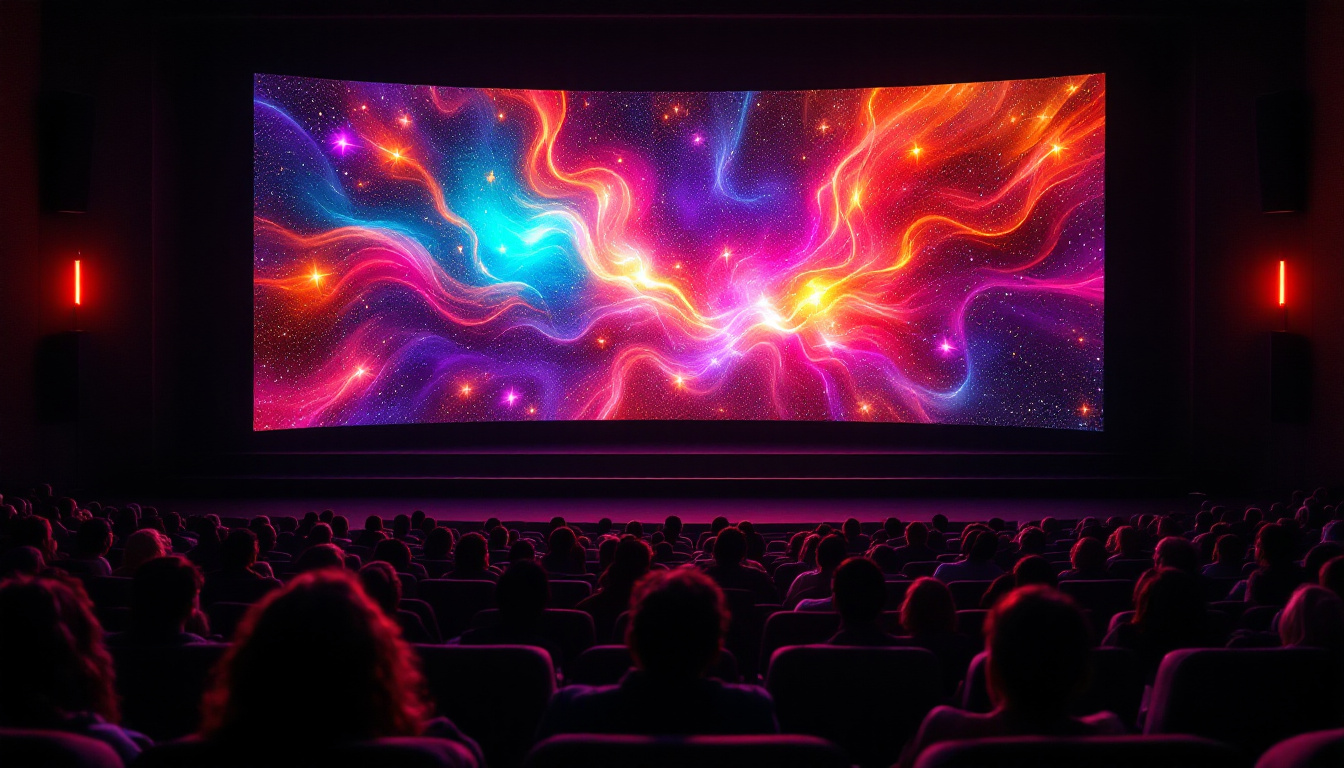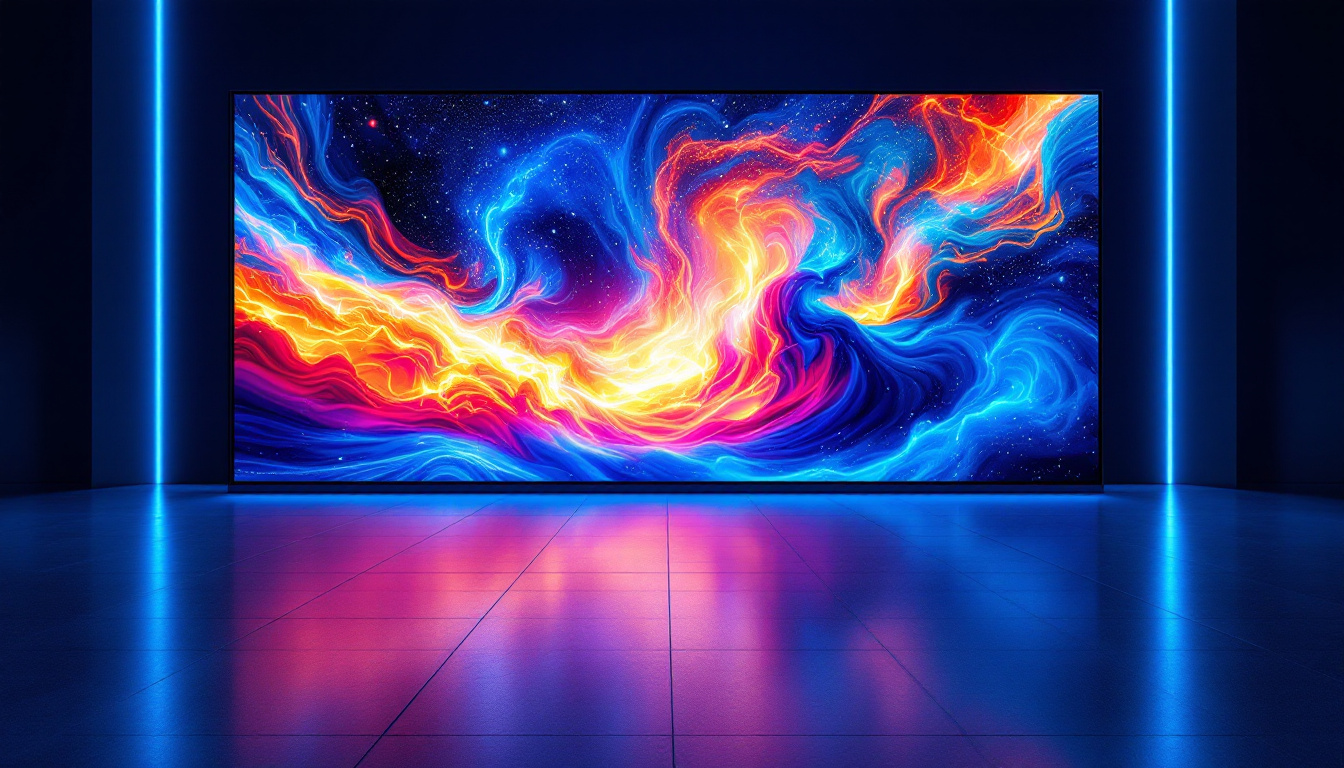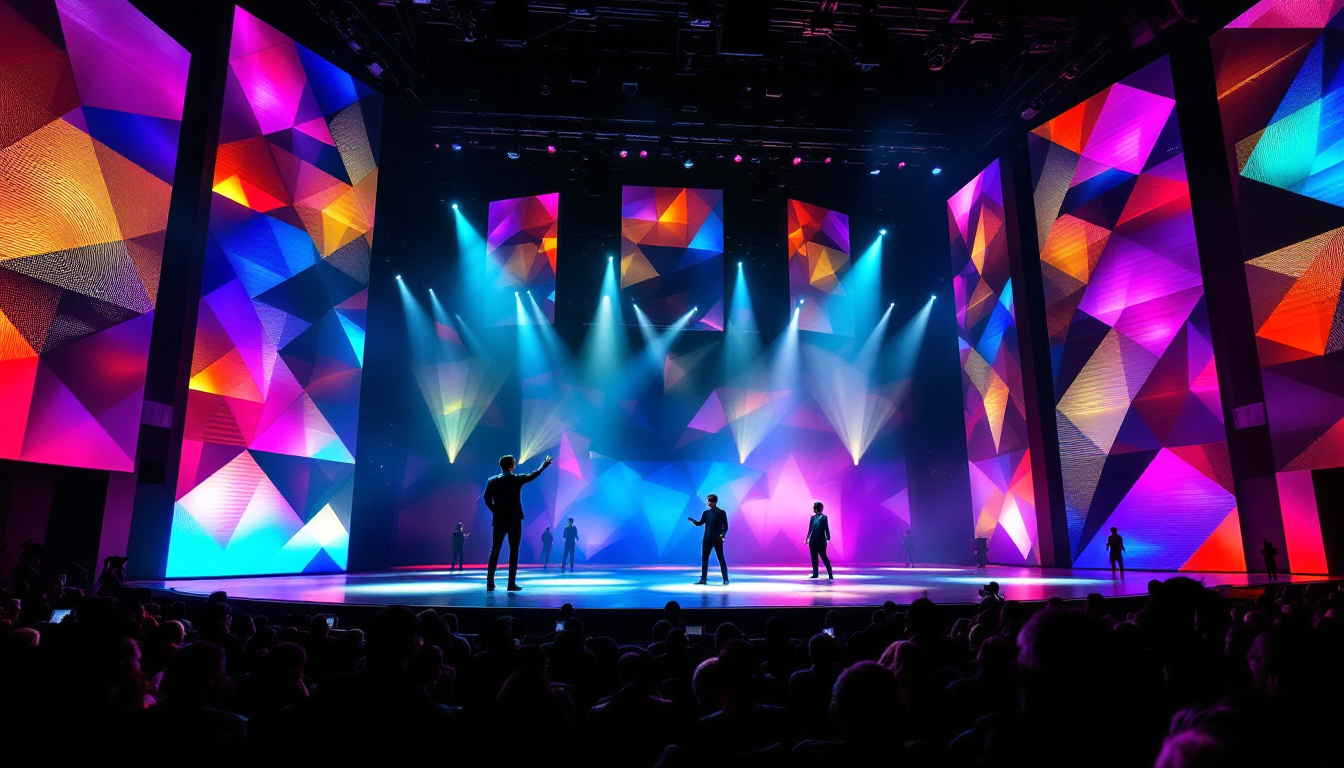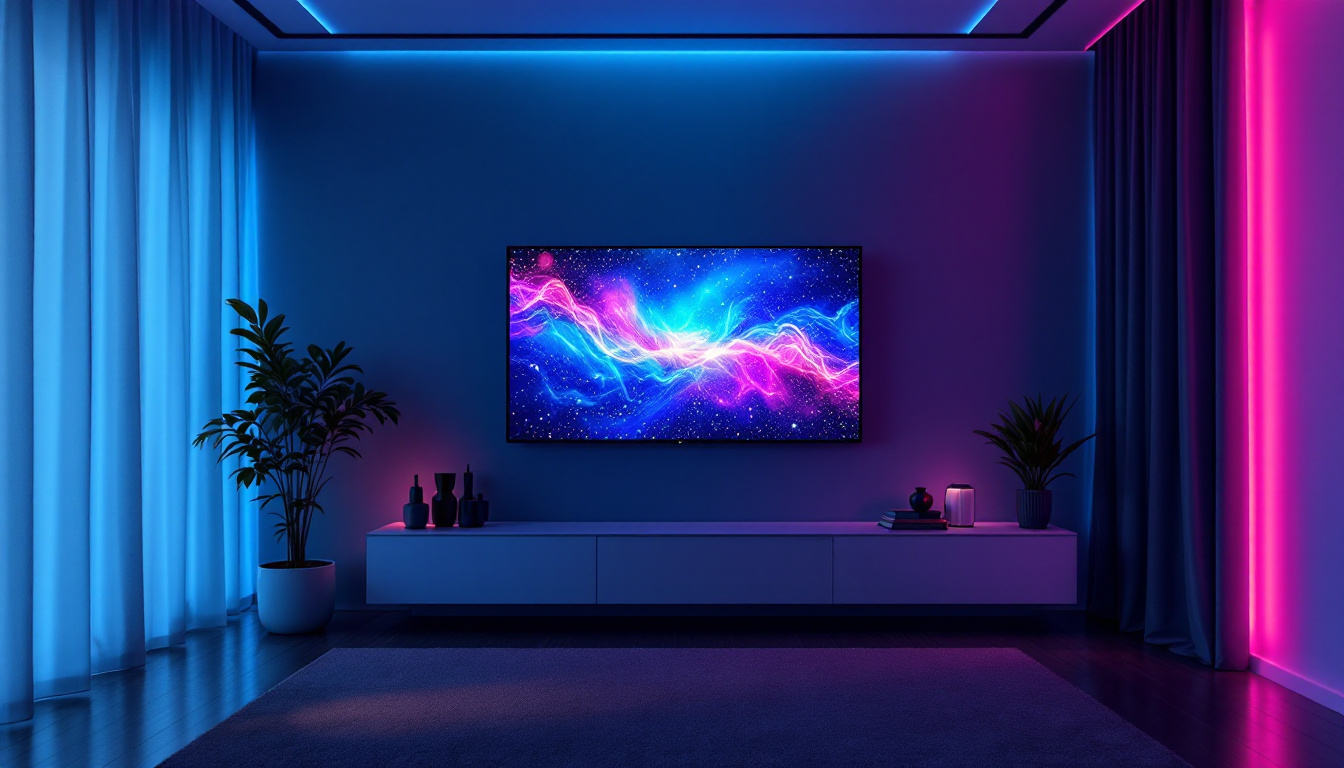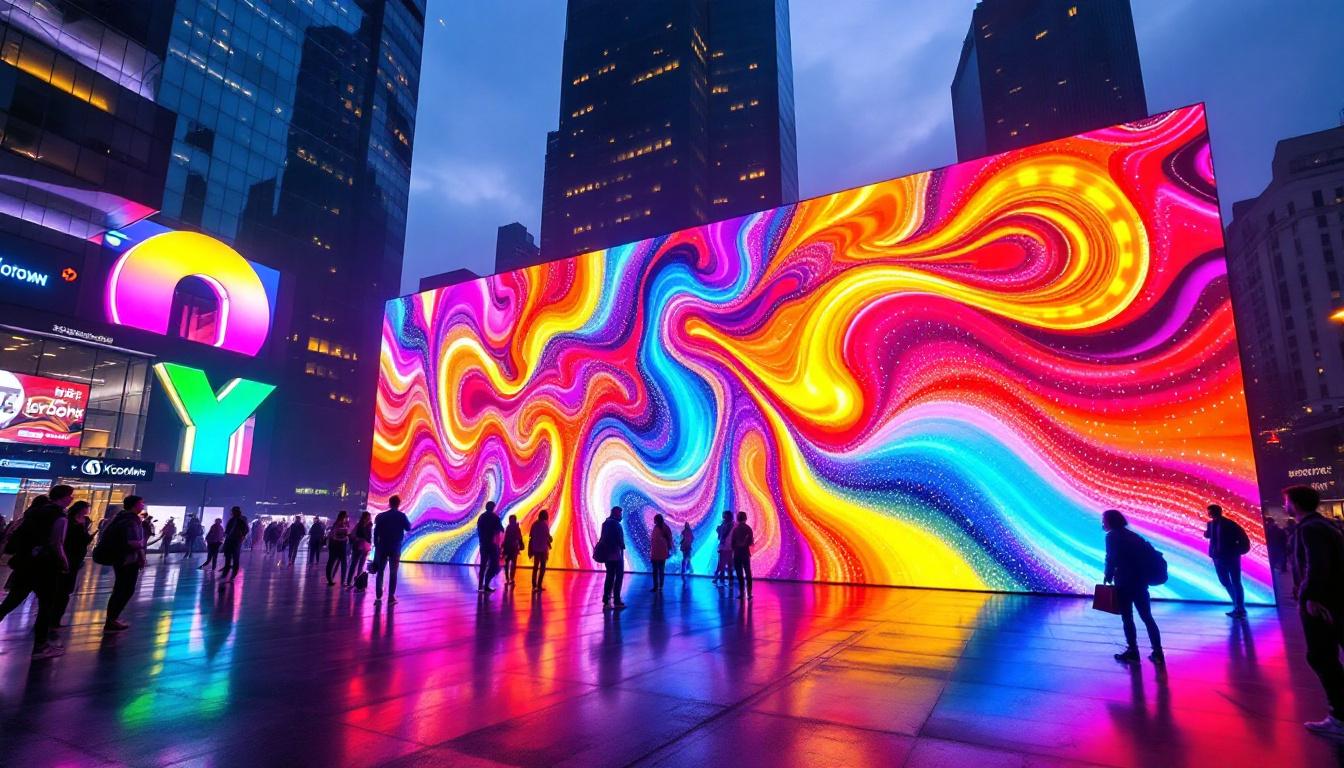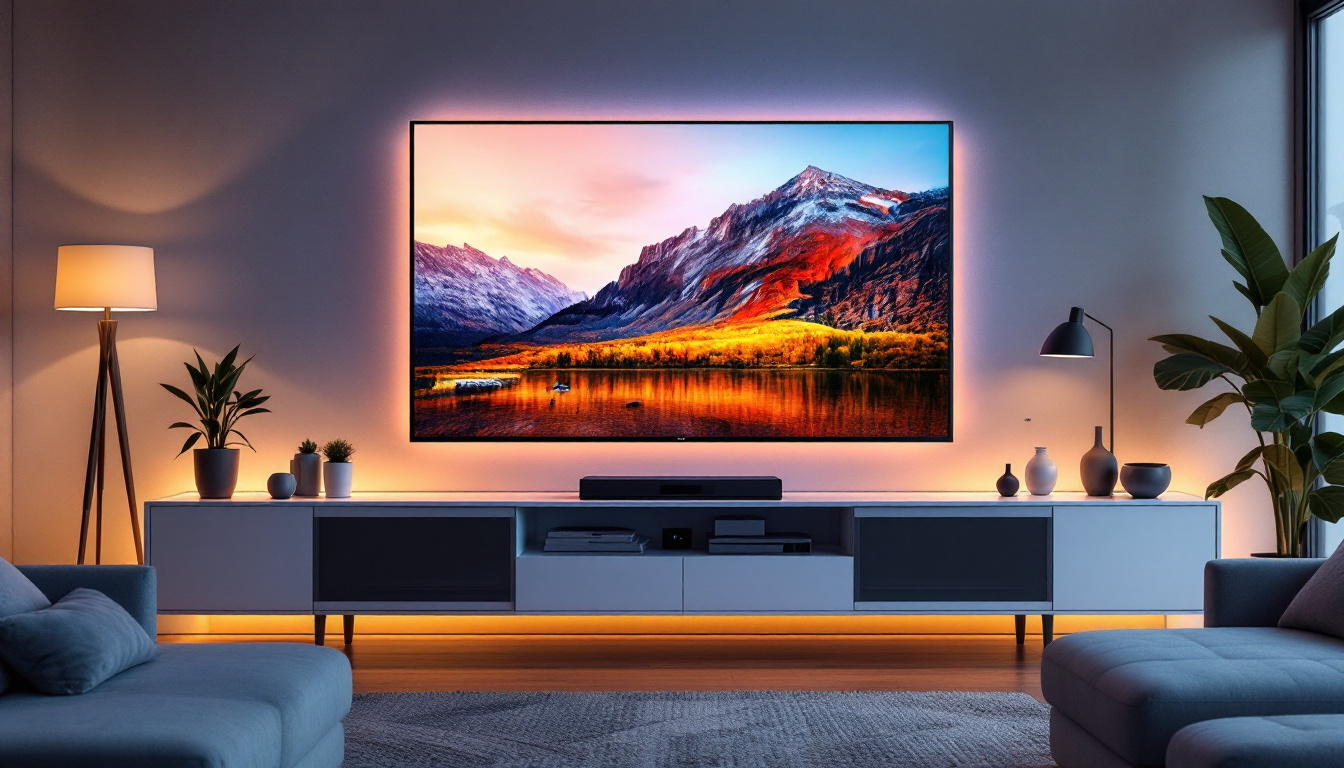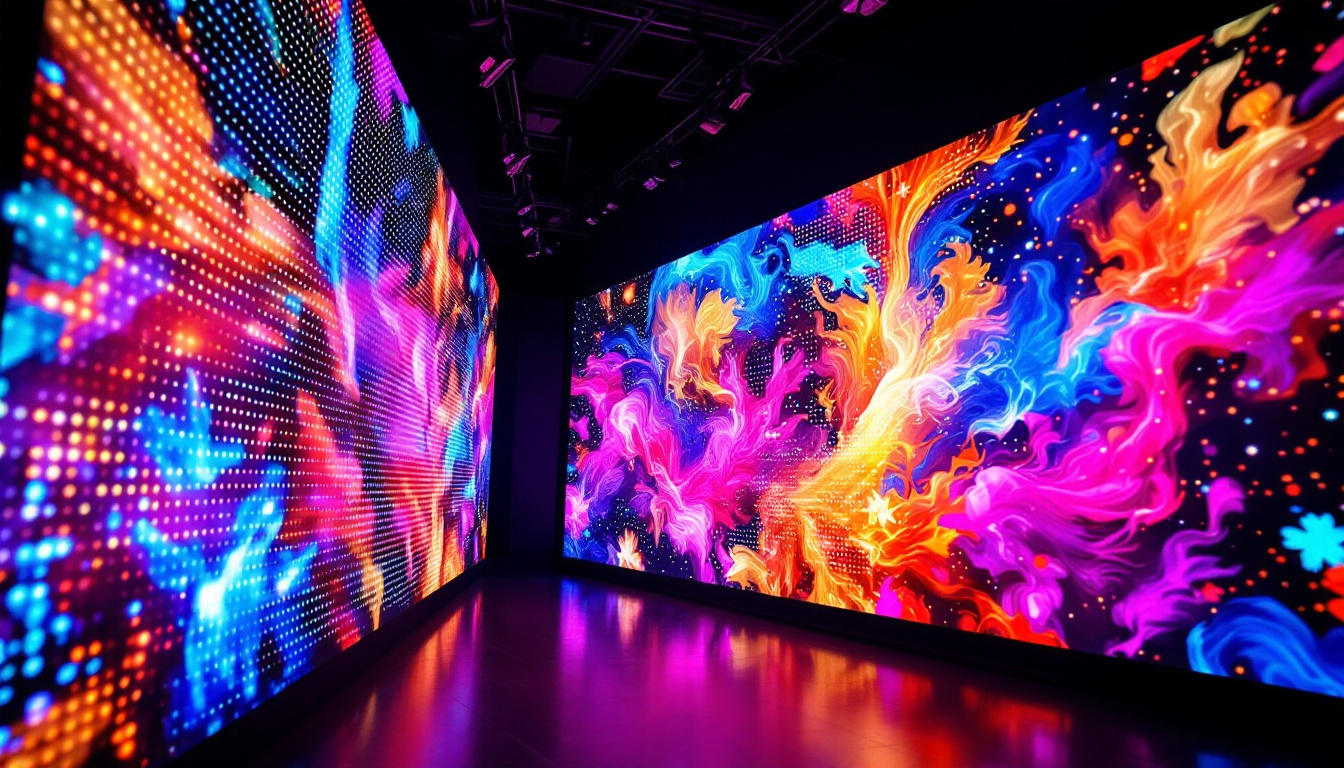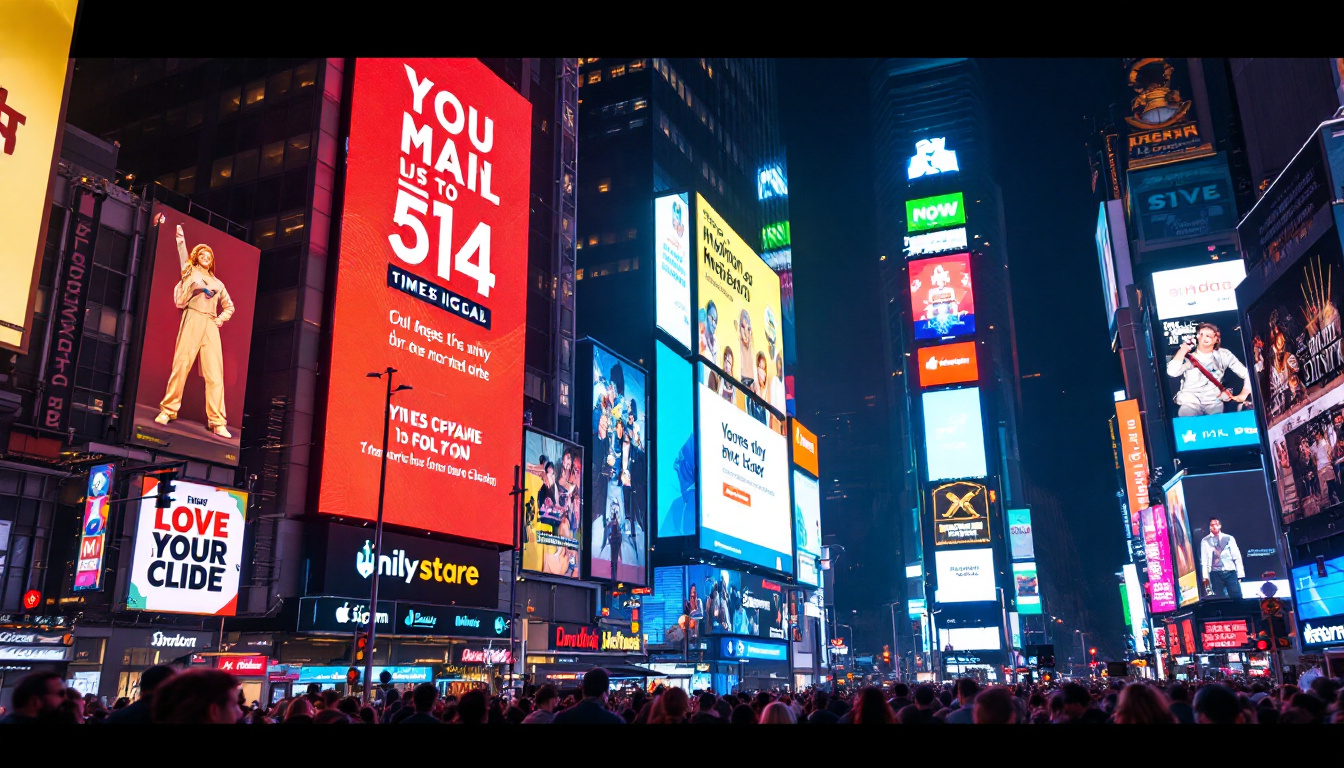Understanding LED Display Technology
LED (Light Emitting Diode) displays have revolutionized the way visual information is presented. From televisions to digital billboards, LED technology is ubiquitous in modern display systems. The core principle behind LED displays involves the use of semiconductor materials that emit light when an electric current passes through them. This technology is not only energy-efficient but also offers vibrant colors and high brightness levels, making it ideal for various applications.
In the realm of LED displays, two terms often arise: 1.4 and 1.4 DSC. These designations refer to specific configurations and capabilities of LED display technology. Understanding the differences between these two can help consumers and professionals alike make informed decisions when selecting display solutions.
One of the standout features of LED displays is their versatility in different environments. For instance, outdoor LED displays are designed to withstand harsh weather conditions, maintaining their performance in rain, snow, and extreme temperatures. This durability is complemented by their high brightness, ensuring visibility even in direct sunlight. Conversely, indoor LED displays often focus on color accuracy and resolution, catering to environments like theaters, conference rooms, and retail spaces where detail and vibrancy are paramount.
Moreover, the advancements in LED technology have led to the development of various types of displays, such as OLED (Organic Light Emitting Diode) and MicroLED. OLED displays, for instance, offer deeper blacks and improved contrast ratios due to their ability to turn off individual pixels completely. On the other hand, MicroLED technology promises even finer pixel pitches and greater energy efficiency, making it a strong contender for the future of display technology. As these innovations continue to evolve, they open up new possibilities for interactive displays and augmented reality applications, further enhancing the user experience across diverse platforms.
What is 1.4 LED Display?
The term “1.4” in LED displays typically refers to the pixel pitch of the display, which is the distance between the centers of two adjacent pixels. A pixel pitch of 1.4mm indicates that the pixels are relatively close together, allowing for higher resolution and clearer images. This feature is particularly beneficial in environments where viewers are close to the screen, such as in retail displays or control rooms. The compact design of 1.4 LED displays not only enhances image quality but also allows for a sleeker installation, making them a popular choice in modern architectural designs.
Advantages of 1.4 LED Displays
1.4 LED displays offer several advantages that make them appealing for various applications. Firstly, the high pixel density results in sharper images and finer details, enhancing the overall viewing experience. This is particularly important in settings like conference rooms or auditoriums, where clarity is paramount. The ability to display intricate graphics and text without pixelation ensures that presentations are professional and impactful, contributing to effective communication.
Additionally, 1.4 LED displays typically have better color accuracy and brightness levels compared to displays with larger pixel pitches. This makes them suitable for environments with varying lighting conditions, ensuring that content remains visible and vibrant regardless of external factors. The advanced technology used in these displays often includes features like HDR (High Dynamic Range) support, which further enhances the contrast and color depth, making images appear more lifelike and engaging.
Common Applications
Due to their high resolution and excellent image quality, 1.4 LED displays are commonly used in a variety of settings. They are ideal for corporate environments, where presentations and video conferencing require clear visuals. Furthermore, they are often employed in retail spaces to attract customers with eye-catching advertisements and promotional content. The dynamic nature of these displays allows retailers to easily update their messaging and showcase multiple products, enhancing customer engagement and driving sales.
Moreover, 1.4 LED displays are gaining traction in the entertainment industry, particularly for concerts and events where large screens are needed to engage audiences. Their ability to deliver stunning visuals from close distances makes them a popular choice for stage backdrops and outdoor events. Additionally, they are increasingly used in sports arenas to provide real-time statistics, instant replays, and immersive experiences for fans, creating a more interactive atmosphere that enhances the overall enjoyment of the event. As technology continues to evolve, the versatility and performance of 1.4 LED displays are expected to expand even further, opening up new possibilities across various sectors.
What is 1.4 DSC LED Display?
The term “DSC” stands for “Display Stream Compression,” a technology that allows for the efficient transmission of high-resolution video content over a single cable. In the context of LED displays, a 1.4 DSC configuration means that the display supports this advanced compression technology, enabling it to handle higher resolutions and refresh rates without compromising image quality.
Benefits of DSC Technology
One of the primary benefits of DSC technology is its ability to reduce the bandwidth required for transmitting high-resolution content. This is particularly advantageous in applications where multiple displays are used in tandem, such as video walls or multi-screen setups. By compressing the data stream, DSC allows for seamless integration and synchronization across various screens.
Furthermore, DSC technology enhances the overall performance of LED displays by enabling higher refresh rates. This results in smoother motion and reduced latency, making it ideal for fast-paced content such as sports broadcasts or gaming. Consequently, 1.4 DSC displays provide a superior viewing experience, especially in dynamic environments. The technology achieves this by maintaining the integrity of the visual data, ensuring that even with compression, the colors remain vibrant and the details sharp, which is crucial for applications where visual fidelity is paramount.
Applications of 1.4 DSC LED Displays
1.4 DSC LED displays are particularly well-suited for high-end applications that demand exceptional image quality and performance. In the broadcasting industry, for instance, these displays are used in studios and control rooms to ensure that content is transmitted with the utmost clarity and precision. The ability to handle 4K and even 8K resolutions makes these displays a favorite among professionals who require the highest standards in visual output.
Additionally, the gaming industry has embraced 1.4 DSC technology, as it allows for immersive experiences with minimal lag. This has led to the proliferation of high-resolution gaming monitors and displays that cater to both casual and competitive gamers. The low latency and high refresh rates provided by DSC technology contribute to a more responsive gaming experience, allowing players to react quickly and effectively in fast-paced scenarios. Beyond gaming, 1.4 DSC displays are also making their way into virtual reality (VR) and augmented reality (AR) applications, where high-quality visuals are essential for creating believable and engaging environments. As these technologies continue to evolve, the role of DSC in enhancing visual experiences will likely expand even further, paving the way for innovative applications across various industries.
Comparing 1.4 and 1.4 DSC LED Displays
When comparing 1.4 and 1.4 DSC LED displays, it is essential to consider various factors, including resolution, performance, and application suitability. While both types of displays offer high pixel density and excellent image quality, the inclusion of DSC technology in the latter provides distinct advantages in terms of bandwidth efficiency and refresh rates.
Resolution and Image Quality
Both 1.4 and 1.4 DSC LED displays deliver impressive resolution and image quality, but the DSC variant excels in scenarios where high-resolution content is required. The ability to compress data without sacrificing quality means that 1.4 DSC displays can handle 4K and even 8K content more effectively, making them ideal for future-proofing installations.
Moreover, the enhanced color depth and dynamic range offered by DSC technology contribute to a more immersive viewing experience. This is particularly noticeable in applications such as digital signage, where vibrant colors and sharp images are crucial for capturing audience attention.
Performance and Refresh Rates
Performance is another critical area where 1.4 DSC displays shine. The technology allows for higher refresh rates, which is vital for applications involving fast-moving content. In contrast, standard 1.4 displays may struggle with motion blur or lag in such scenarios, making them less suitable for high-speed video or gaming.
Additionally, the reduced latency associated with DSC technology enhances the overall user experience, particularly in interactive applications. This is especially important in environments like gaming arenas or live events, where every millisecond counts.
Cost Considerations
When evaluating the cost of 1.4 versus 1.4 DSC LED displays, it is important to weigh the benefits against the investment. Generally, 1.4 DSC displays tend to be more expensive due to the advanced technology and enhanced capabilities they offer. However, for organizations that require high performance and superior image quality, the additional cost may be justified.
Long-Term Value
Investing in 1.4 DSC LED displays can provide long-term value, particularly for businesses that rely on high-quality visual content. The ability to handle higher resolutions and refresh rates ensures that these displays remain relevant as technology continues to advance. This future-proofing aspect can save organizations from needing to upgrade their display systems frequently.
Moreover, the enhanced performance of 1.4 DSC displays can lead to improved audience engagement and satisfaction, translating to better returns on investment. In competitive industries, having superior visual capabilities can set a brand apart and attract more customers.
Conclusion
In summary, both 1.4 and 1.4 DSC LED displays offer unique advantages that cater to different needs and applications. The standard 1.4 displays are excellent for environments requiring high resolution and clarity, while 1.4 DSC displays take performance to the next level with advanced compression technology and higher refresh rates.
Ultimately, the choice between the two will depend on specific requirements, budget considerations, and the intended use of the display. As technology continues to evolve, understanding these differences will be crucial for making informed decisions in the world of LED displays.
Discover LumenMatrix’s Advanced LED Display Solutions
Whether you’re captivated by the high-resolution clarity of 1.4 LED displays or the superior performance of 1.4 DSC technology, LumenMatrix has the perfect solution to meet your needs. As a pioneer in LED display innovation, we offer an extensive range of products designed to elevate your visual communication. From Indoor and Outdoor LED Walls to Custom and All-in-One LED Displays, our solutions are crafted to create immersive experiences and amplify your brand’s message. Check out LumenMatrix LED Display Solutions today and see how we can transform your space with our cutting-edge technology.





